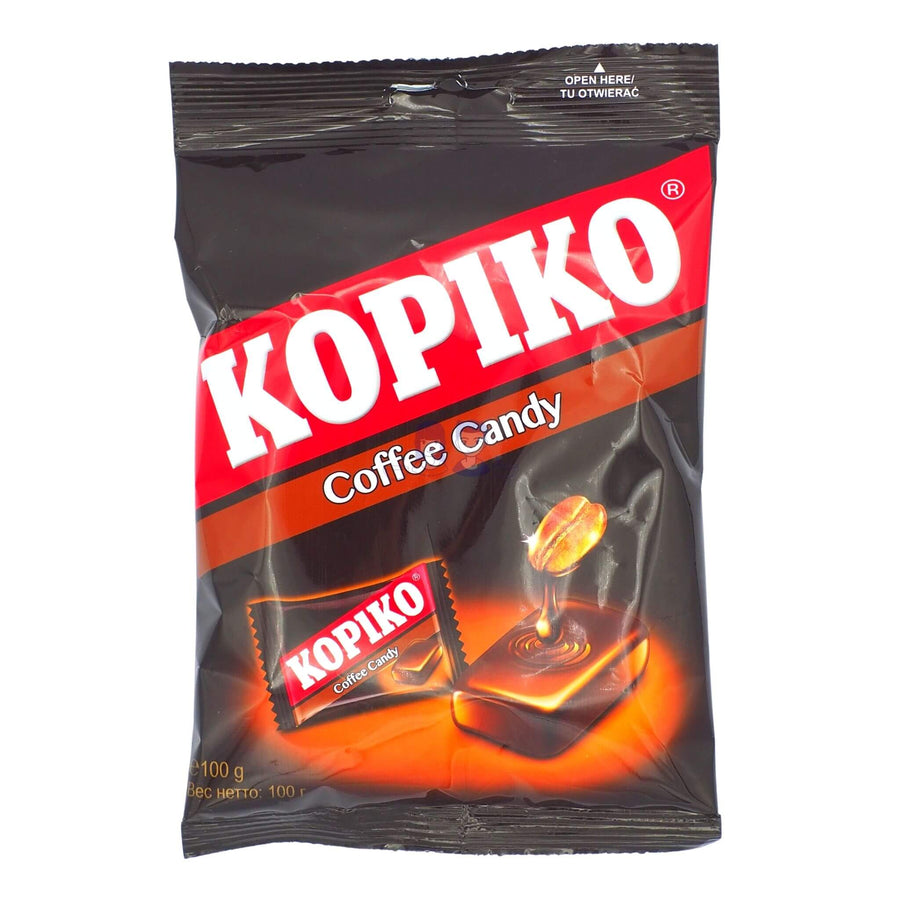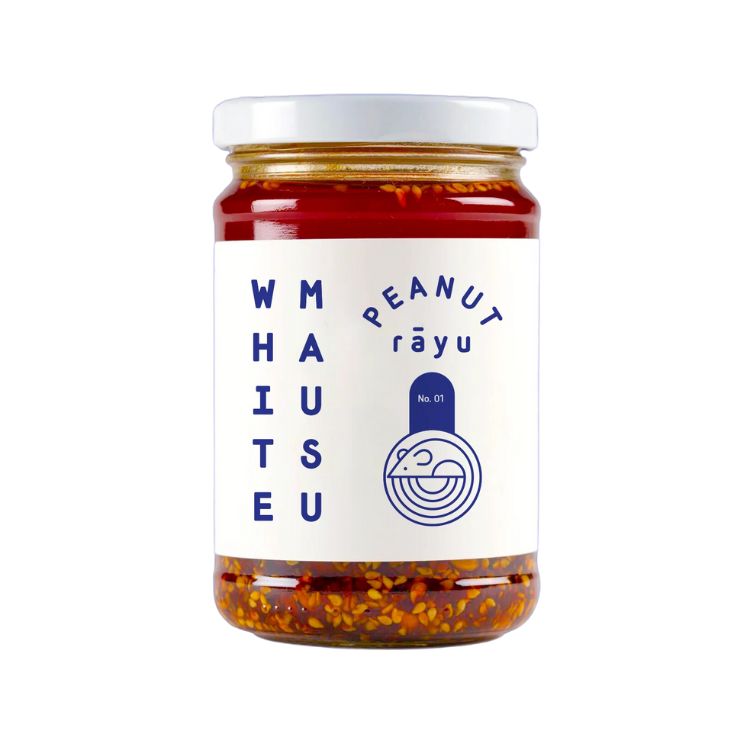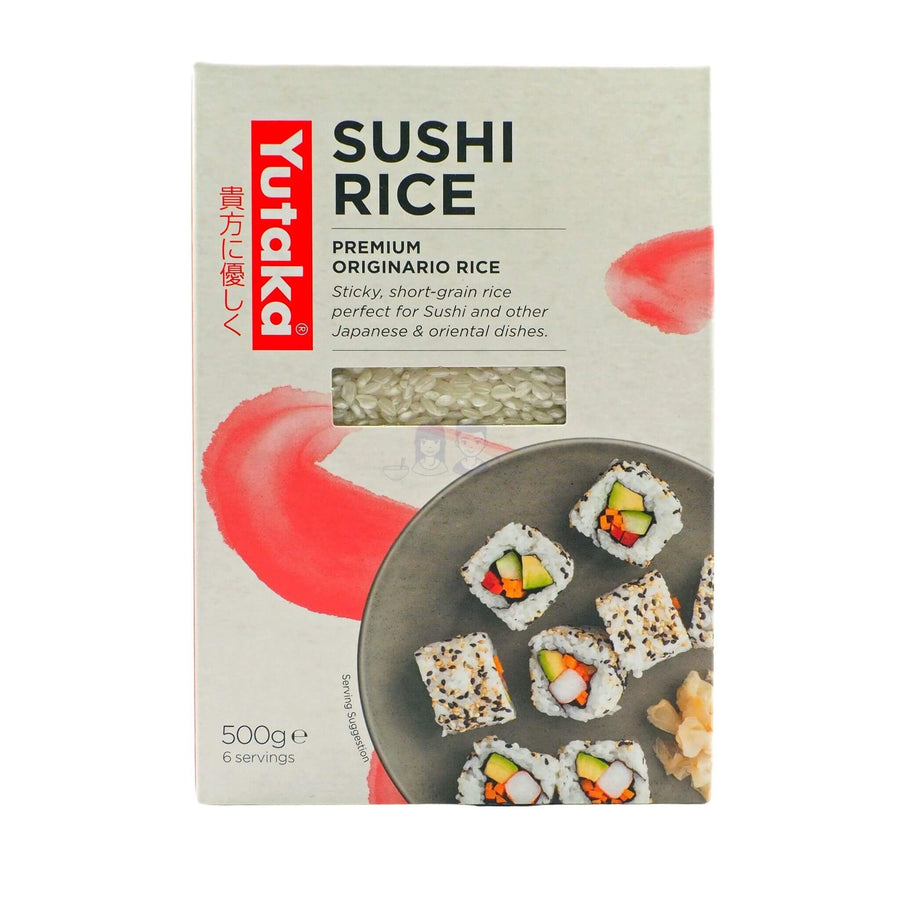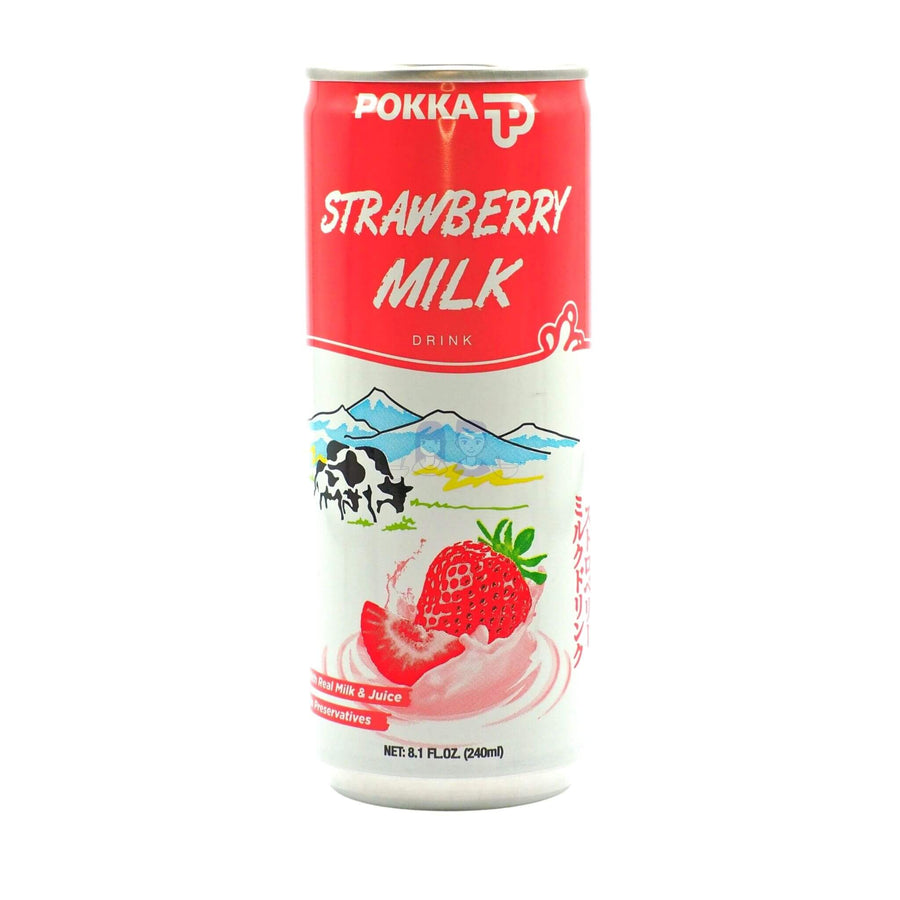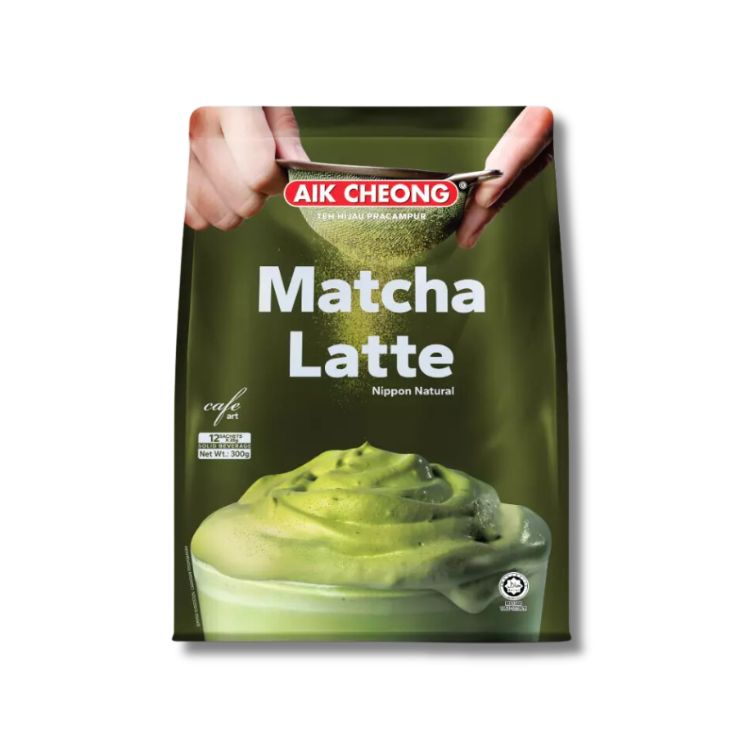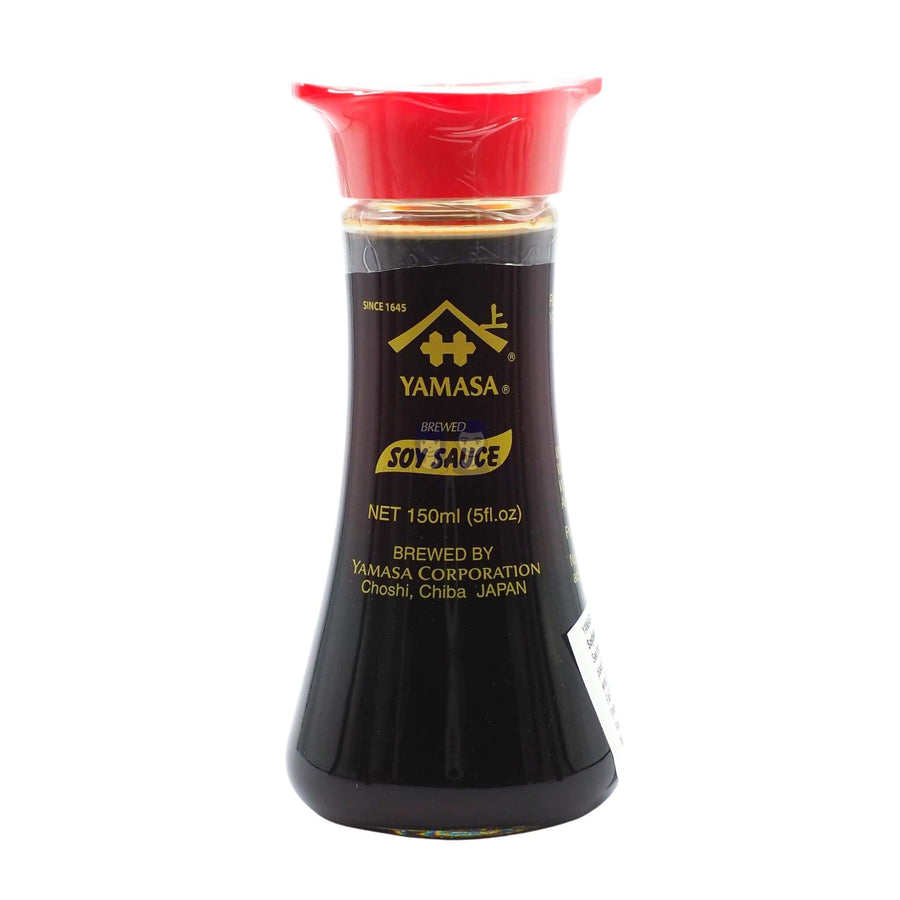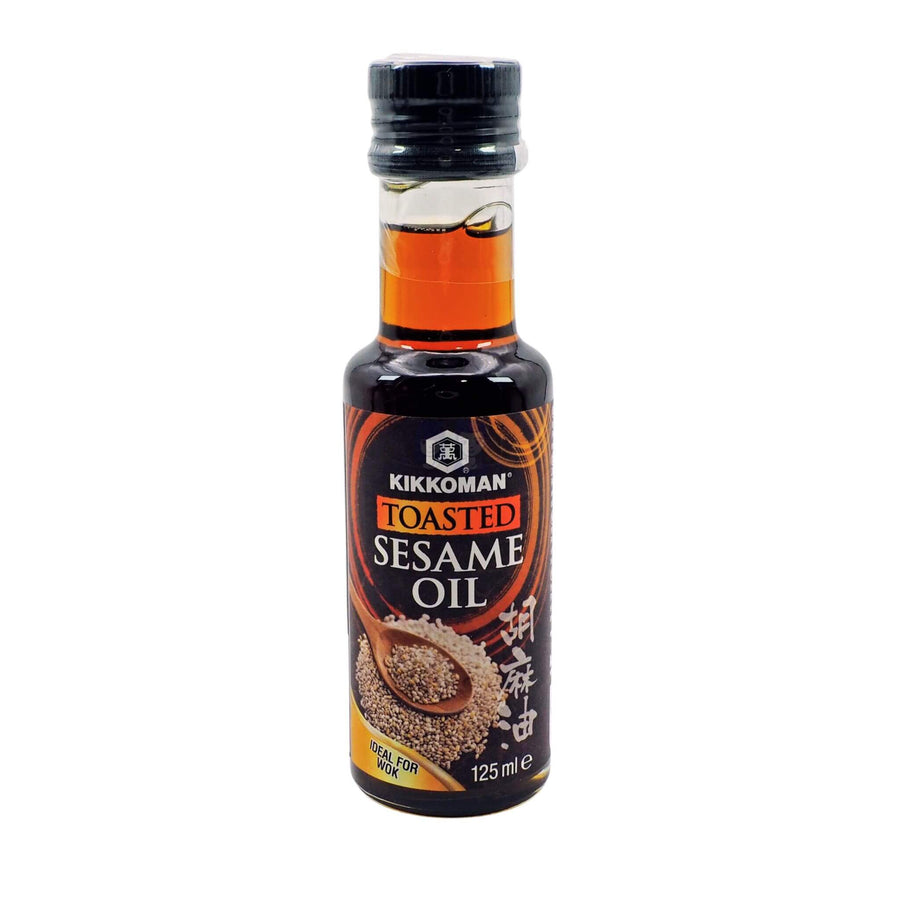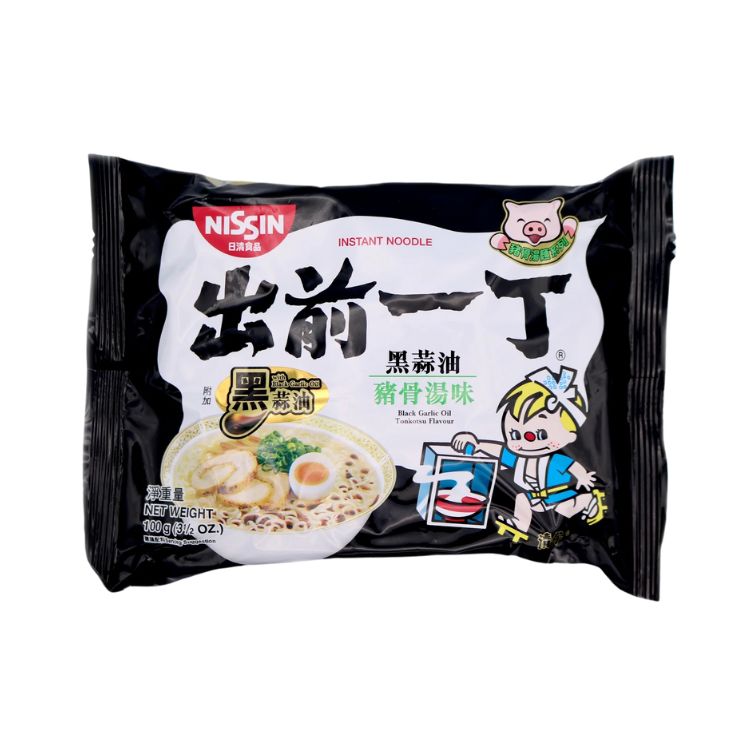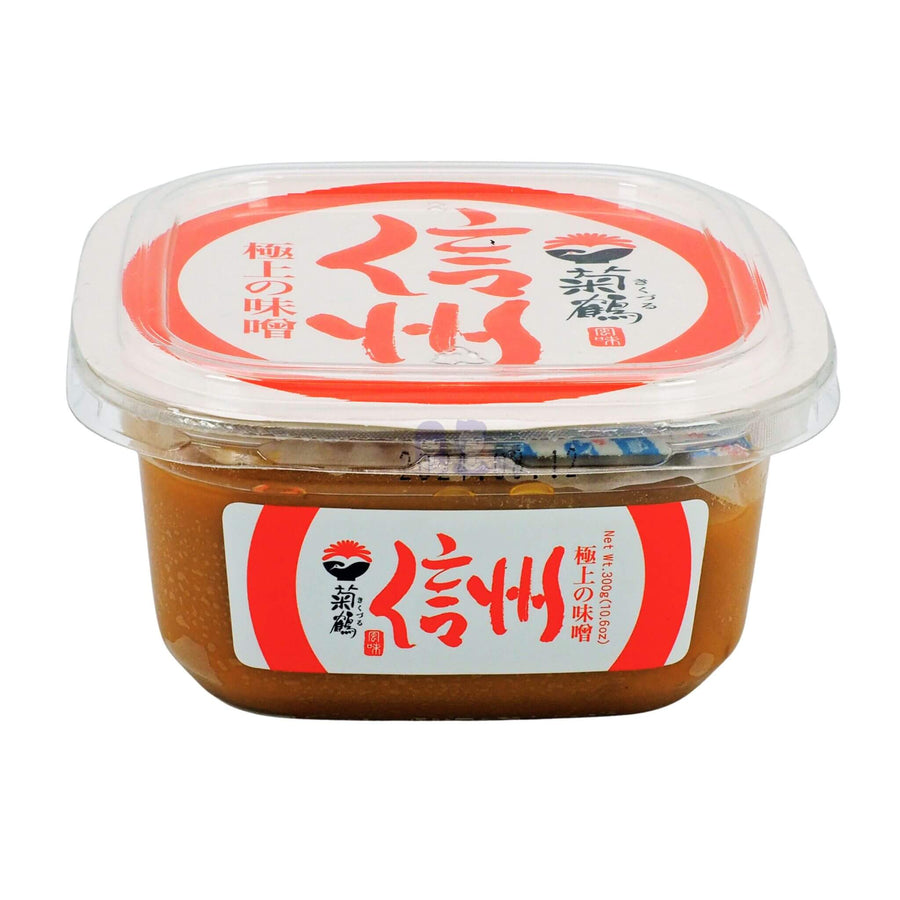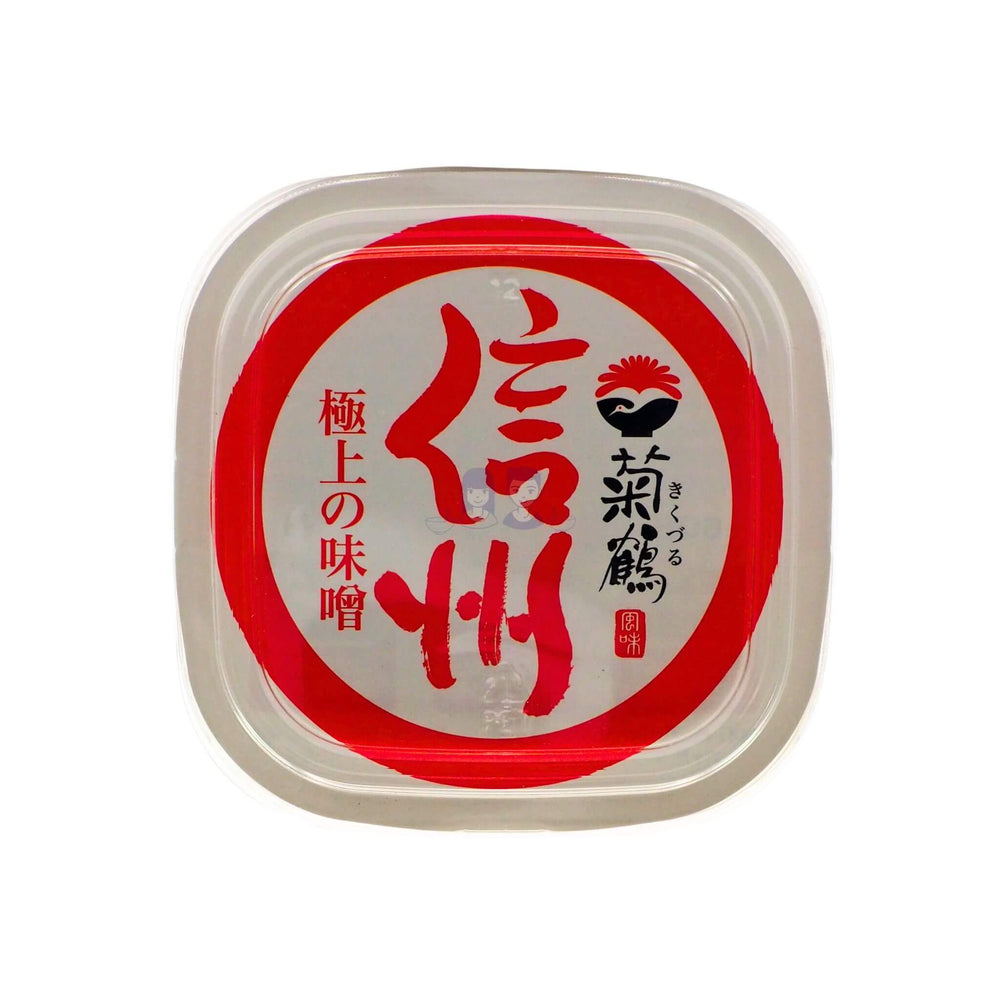What is Umami Taste? Discovering the Fifth Flavour in Japanese Cuisine
When you read rave food reviews of Asian restaurants or hear people describe the taste of their favourite meals, you'll sometimes hear them describe the food as having an "umami" taste. This is especially true if they were enjoying Japanese cuisine. Many wonder what is behind this unique taste which is foundational to Japanese cooking.
→ Shop now: Our handpicked range of Japanese products
What Is Umami and How Does It Taste?
We all know that there are four main flavours: sweet, salty, bitter and sour. Specific areas of our tongue are lined with receptors that detect each of these flavours. However, in the last century, scientists discovered the presence of a fifth flavour: umami. But what does umami taste like?
An interesting Japanese food fact is that the word "umami" is taken from the Japanese language and translates to a pleasant, savoury taste. It can be described as meaty or savoury, or a combination of both, but you can be sure that an umami-flavoured dish is guaranteed to be delicious.
Another characteristic of umami is the mouth-watering aftertaste. We often find that the flavours cling to our tongue and make us want to go back for seconds, and even thirds! Examples of umami-rich foods include broths, soups or those that have been aged or fermented.
Since its discovery over a hundred years ago, food enthusiasts have been eager to find the next eatery that serves up umami-rich foods. Upon discovery, they often try to recreate these flavours at home.

Common Foods Rich in Umami
Umami is found in a variety of foods that are rich in amino acids like glutamate. Here are some common foods naturally high in umami:
-
Mushrooms: Especially shiitake and oyster mushrooms.
-
Tomatoes: Fresh, dried, or in concentrated forms like tomato paste.
-
Aged Cheeses: Such as Parmesan and Roquefort.
-
Fermented Soy Products: Including soy sauce and miso paste.
-
Seafood: Fish, shellfish, and seaweed like kombu.
-
Cured Meats: Such as ham, salami, and bacon.
-
Green Tea: Particularly matcha.
-
Anchovies and Fish Sauce: Used as flavour enhancers in various dishes.
The Science of Umami Taste
So, how was "umami" first discovered? In 1908, a Japanese professor, Kikunae Ikeda, was enjoying a bowl of kombu broth when he realised something peculiar. The taste of the soup had a distinctly savoury yet salty flavour that didn't quite match any of the four known flavours. After much research, he identified that the core element in the kombu, or kelp, was an amino acid called glutamate. This was what gave kombu its flavour. Professor Ikeda thus termed this the 'umami' taste.
Subsequent research revealed that our taste buds have specific receptors for glutamate. This confirmed umami as a distinct basic taste alongside sweet, salty, sour, and bitter. This discovery highlighted the unique role umami plays in how we perceive and enjoy food flavours.
Glutamate is a naturally occurring compound in various foods. It has a higher concentration in some vegetables and meats, including asparagus, mushrooms, fish and aged cheese.
On its own, glutamate has a very mild, subtle taste. But when paired with other foods, we find that it draws out the flavours of the foods that it is added to. It also enhances the overall dish with a complex blend of bold and intense flavours.
After Professor Ikeda's discovery, scientists identified other compounds over the years that contribute to the umami taste. These include inosinate, which is present mainly in meat, and guanylate, in plants. All three compounds work in synergy to produce a more intense flavour than would be achieved with their individual compounds. When cooked or fermented together, these compounds release a fragrant aroma and a strong, meaty flavour.
The Umami Taste in Japanese Cuisine
Let's start with one of the most famous cuisines in the world - Japanese cuisine.
One of the reasons why it's highly sought after across the world is due to the extensive presence of umami-rich dishes. Many traditional Japanese ingredients are rich in umami, such as dashi stock, kombu, dried bonito flakes, fermented soybeans, miso and even Japanese mayonnaise.
Sometimes, different umami-rich foods are cooked together to offer a greater depth of flavour or to complement the four main flavours.
Some popular Japanese dishes rich in umami include:
-
Ramen: Noodle soup with umami-rich broth made from kombu, bonito flakes, and miso.
-
Japanese Katsu Curry: Crispy fried cutlets served with a savoury curry sauce enhanced by umami ingredients.
-
Miso Soup: A traditional soup made with miso paste and dashi stock, both packed with umami.
-
Sushi: Especially varieties of umami sushi featuring raw fish and seasoned rice with vinegar and soy sauce.
These dishes showcase the depth of flavour that umami brings to Japanese cuisine.

Umami Taste in Other Cuisines
Professor Ikeda might have officially discovered umami, but the use of umami ingredients stretches back thousands of years. In Rome and Greece, it was very common to use fermented fish to add a savoury taste or salty kick to meals. Since then, the idea of using umami-rich ingredients has spread throughout the world, like umami sauces, for example.
These are used a lot in Asian food, such as Chinese cuisine, which features fermented black bean sauce, oyster sauce and soy sauce, to name a few. These ingredients give dishes a lot more flavour. In Hong Kong, XO sauce is a very popular choice to inject intense, savoury flavours. While in Korea, kimchi - the nation's prized fermented vegetable mixture - and sauces with a fermented soybean base like gochujang and doenjang, are added to embolden meals.
Incorporating Umami Taste in Cooking
Have you ever tried adding a touch of miso to your pasta sauce, or wondered how to give that extra kick to your stir-fry?
The best part is that you don't have to head to a five-star restaurant to try umami-rich dishes; enjoy the taste of umami for yourself at home! After a quick search, you'll find that the list of umami-rich ingredients is endless.
Consider using a dashi stock or adding Japanese mushrooms, primarily shiitake mushrooms, Parmesan cheese or seaweed for more flavour. You could also try sauces and pastes, such as Japanese sesame dressing, Worcestershire sauce, tomato paste, shrimp paste or even Marmite. We've added a dollop of Marmite into plain Asian porridge for a quick meal, and it tasted really good.
Alternatively, you could also add fermented foods like kimchi, miso paste, fermented soybean or black bean pastes to ramp up the savouriness of your dishes. As you experiment, consider mixing salty and sweet flavours or sweet and slightly acidic flavours to create complex tastes that suit your palate.
We find that the easiest way to inject flavour into any dish is by using meat stock cubes. We usually break up a chicken stock cube and add about half to a pan of stir-fried vegetables.
Remember that a little bit goes a long way, especially with sauces, pastes, or stocks that have very concentrated flavours. Interestingly, using umami-rich ingredients can enhance the savoury taste without relying heavily on added salt, helping you create healthier dishes without compromising on flavour. Adding too much might overpower a dish, so the key is to balance out all flavours for a mouth-watering meal.
Final Word
The discovery by Professor Ikeda undeniably transformed flavour profiles in the culinary world, introducing us to the delightful array of umami-rich recipes.
While umami is the foundation of Japanese cuisine, what's great about it is that these versatile ingredients that make Japanese dishes so flavourful can be incorporated into dishes across various cuisines.
We recommend trying to incorporate some of these into your cooking and enjoy foods rich in umami flavour right in the comfort of your own home!
→ Shop now: Our handpicked range of Japanese products
Frequently Asked Questions about Umami
Q: Is umami the same as MSG?
A: Umami is the taste sensation associated with glutamate and certain nucleotides, while MSG (monosodium glutamate) is a seasoning that contains glutamate used to enhance umami flavour in foods.
Q: Can I experience umami if I'm a vegetarian or vegan?
A: Absolutely! Many plant-based foods like mushrooms, tomatoes, seaweed, and fermented soy products are rich in umami.
Q: How does umami enhance the flavour of dishes?
A: Umami enhances flavours by adding depth and richness, making dishes taste more savoury and satisfying. It also promotes salivation, which can improve the overall eating experience.


